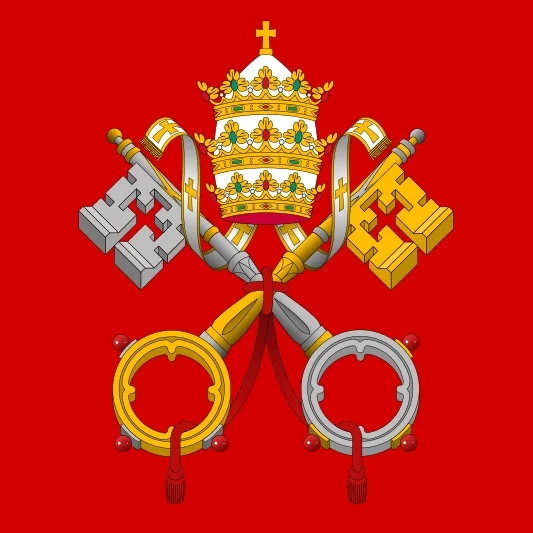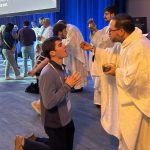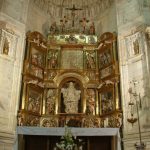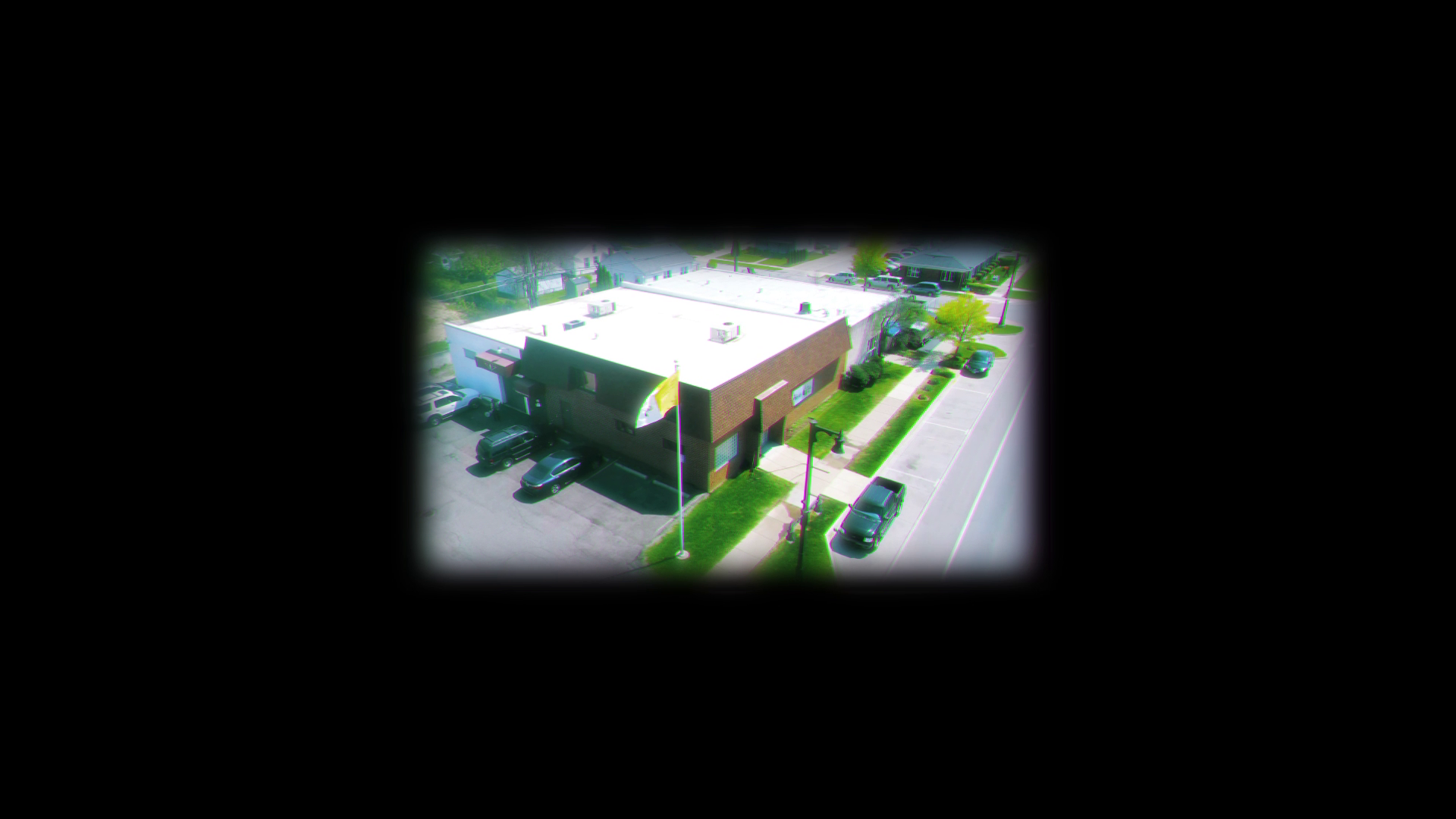Saint Nicholas is one of the saints on the radar of secular and religious folks alike. His feast, on Dec. 6 in the Catholic liturgical calendar, is celebrated throughout the world by many Christian people.
St. Nicholas inspired the tradition of gift-giving for children
Saint Nicholas was born in A.D. 270 to wealthy parents in Patara, an ancient maritime city in Lycia, now Turkey. He was an only child who was orphaned at a young age, and the substantial fortune he inherited would eventually be distributed to the poor. He became the bishop of Myra, suffering persecution, imprisonment and torture under the emperor Diocletian.
But the people of Myra loved him. He was known for dropping bags of gold down the chimneys of the houses where young women, too poor to have dowries, lived. This allowed them to marry and be spared temptations to prostitute themselves. He is also known for leaving gold coins for poor children inside the shoes they left outside their doors at night. Centuries later, children worldwide still fall asleep in anticipation of receiving gifts from St. Nick — a beloved tradition sprung from the thoughtfulness of the bishop who often came to the rescue.
Such stories inspired the famous poet Dante Alighieri, a millennium later, to weave St. Nicholas into “The Divine Comedy” as the antithesis of greed. In the second part of that epic poem, the Purgatorio, the narrator laments the number of souls in Purgatory who have succumbed to the “wolf” of greed. Against this backdrop, Dante writes of “the gift of Nicholas, which on the maidens he bounteous bestowed, to save their youthful prime unblemished.”
St. Nicholas saved innocents from unjust execution
The bold Myra bishop also saved the lives of certain townspeople. When St. Nicholas was ministering in a remote part of his diocese, citizens from Myra reached him with urgent news. They reported that three innocent men had been condemned to death as a result of a juror accepting a bribe.
Rushing to the executioner’s field, the saint found the three men kneeling with their arms bound, awaiting their fatal blow. Nicholas took the sword from the executioner’s hands and threw it on the ground, then ordered that the condemned men be freed from their bonds. He chastised the juror who had been responsible for the miscarriage of justice.
Nicholas also showed his powerful commitment to Christ while serving at the Council of Nicaea, the first ecumenical council in the history of the Church. It was convened by the emperor Constantine in A.D. 325 to resolve the heresy being spread by a priest named Arius that Jesus Christ was not divine but a created being.
Many of the bishops in attendance were survivors of the vicious persecution of Diocletian. No doubt many still bore physical signs of the torture they endured for the One True Faith. Arius’ heresy was an affront to them and to Nicholas. As one source put it, “[they] would as willingly submit to prison again … rather than betray the One who had sustained them through the harshest years.”
When Arius would not yield to the entreaties of the orthodox Faith, Nicholas walked up to Arius and struck him.
Nicholas is sometimes known as the “wonder-worker,” with many testifying to his answering their prayers.
Father Joseph Marquis of Sacred Heart Byzantine Catholic Church in the greater Detroit area told Church Militant in 2019 that he traces his devotion to the saints — and St. Nicholas in particular — to his childhood. He and his twin brother prayed to the saint for the recovery of their ailing parents. After both his parents recovered, St. Nicholas became the priest’s lifelong beloved saint.
A St. Nicholas relic preserved in Detroit smells like roses
The Detroit priest also protects a remarkable relic of St. Nicholas in his church — a bottle filled with a liquid that smells like roses. The liquid, which has formed around the saint’s bones over the centuries, is called “manna” and has been shown for centuries to possess miraculous powers. Sick people come from all over for the comfort and healing they attribute to the relic bones now housed in the Pontifical Basilica of St. Nicholas in Bari, Italy.
St. Nicholas is also a favorite among non-Catholics. One interesting example is that of Mary Elizabeth Mapes Dodge (1831–1905), an American children’s author famous for her novel Hans Brinker. She once said, “I’m as true a Protestant, in sooth, as any fine lady that walks into church, but it’s not wrong to turn sometimes to the good St. Nicholas.”
For decades, Dodge edited the popular children’s monthly St. Nicholas magazine, which ran from 1873 to the 1940s.
With so many stories of St. Nicholas inspiring people centuries after his earthly life, it is no wonder he is the patron of so many people including children, confectioners, rafters, prisoners, merchants, sailors, millers, notaries, brides, bakers, pilgrims, brewers, travelers, fishermen, judges, students, prisoners and sailors. He is also the patron of Greece, Russia, Antwerp, Berlin and Myra.











